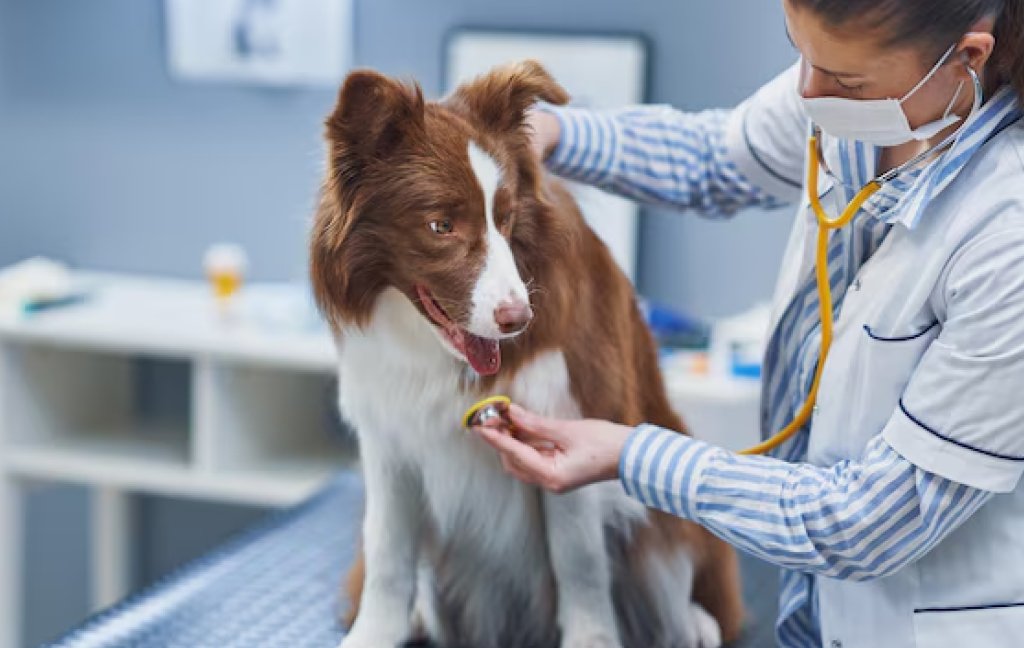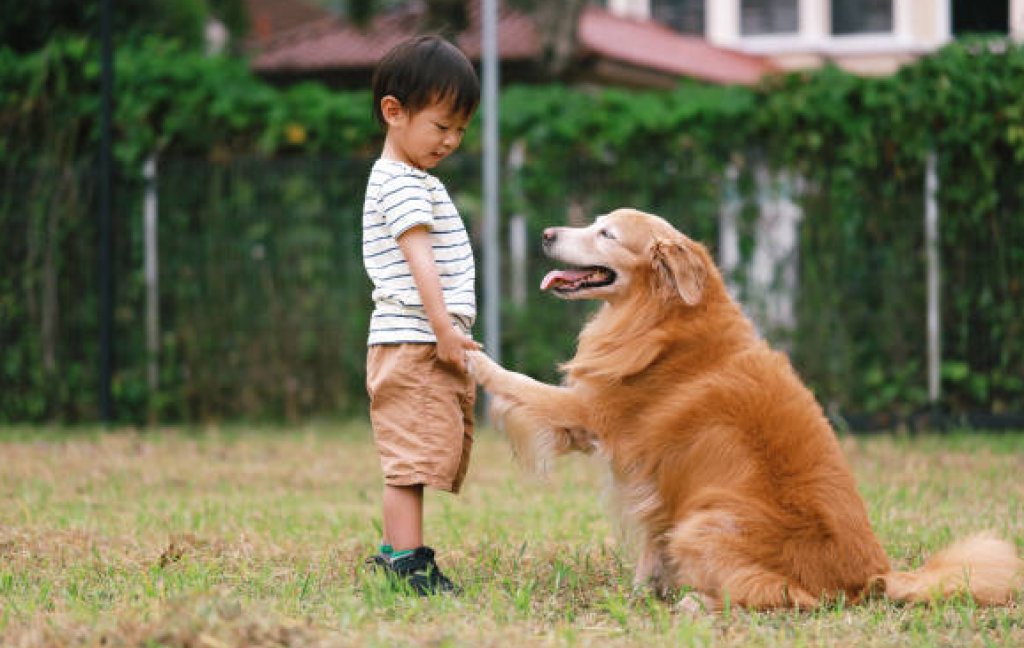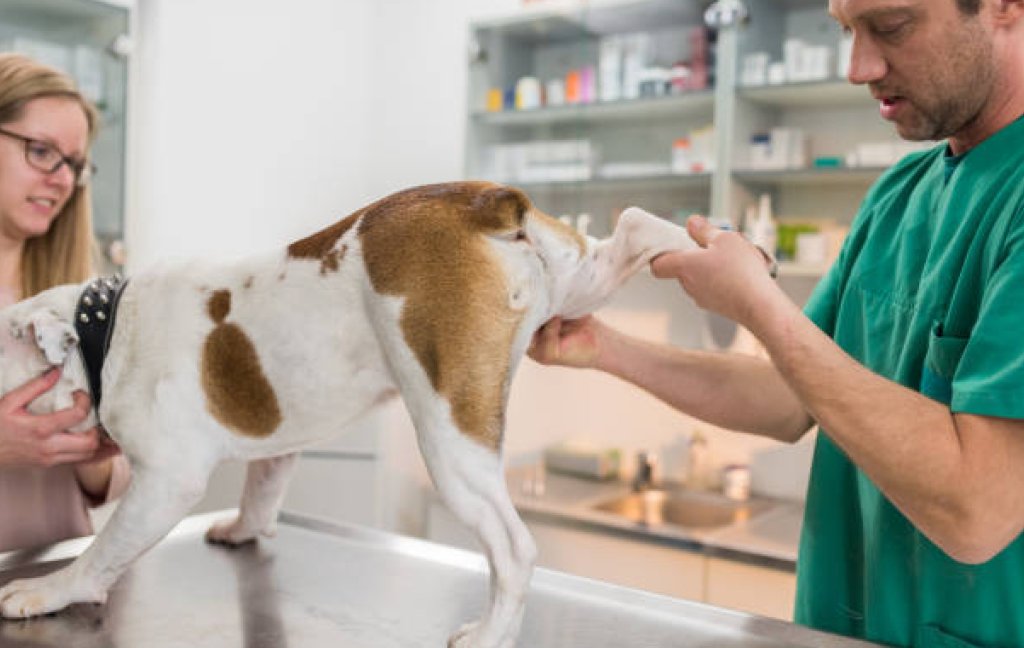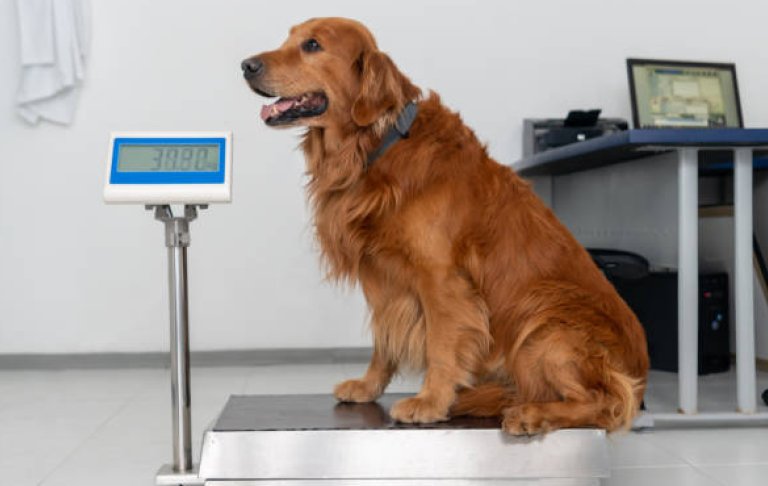Your Pet’s Hidden Hurt
You know your pet’s heart, their eager scamper when you jingle their lead, the quiet purr as they nestle close. Yet, sometimes, a shadow of worry creeps in. They eat, they move, but something’s off: a tiny wince when you pet them, a slower step. I felt this with my dog, whose bright eyes hid pain until a vet revealed it.
In the UK, 57% of us share our lives with pets (Pet Food Manufacturers’ Association, 2024), but many miss their silent suffering. Pets hide pain to survive, instinct whispering that weakness invites danger. Your love, though, sees beyond their brave face.
This guide is a gentle embrace, helping you hear their quiet cries. We will cover:
- Why pets mask pain, tugging at our hearts
- Subtle signs in behavior, body, and habits
- How pain shows in dogs, cats, and small animals
- When to call the vet and speak for your pet
- Simple ways to track their comfort daily
Let’s cradle your pet in care, listening to what they cannot say.
Why Pets Hide Their Pain

It breaks your heart to think your pet might be hurt in silence. In the wild, a wounded animal draws predators, so dogs, cats, and rabbits evolved to conceal pain. Cats, solitary by nature, are especially skilled at this. Dogs, like stoic Labradors, often carry on despite discomfort.
A 2023 Blue Cross study found 60% of pet owners missed pain until it was severe, meaning your furry friend might endure quietly for days. They are not hiding from you; they’re shielding themselves, unaware you are their safe place.
Your love changes everything. By noticing their subtle signals, you can ease their pain early, wrapping them in comfort. Let’s explore the quiet ways they show their hurt.
Subtle Signs of Silent Pain

Sometimes pain is quiet. Your pet might not limp or cry, but their discomfort slips through in soft ways. Imagine them hesitating before jumping onto the sofa or flinching when you stroke their back. These clues hide in three areas, and your caring heart can find them.
Here are the signs to watch for:
- Behavioural Changes:
- Snapping or grumbling when touched, seeking peace.
- Hiding in quiet corners, like under beds or in closets.
- Shying from cuddles, their usual warmth dimmed.
- Pacing restlessly or sleeping more to escape discomfort.
- Snapping or grumbling when touched, seeking peace.
- Physical Hints:
- A faint limp or favoring one side when moving.
- Licking a sore spot, like a joint, to soothe it.
- Hunched posture, lowered head, or tense eye squinting or widening.
- Trembling or fast, shallow breathing signalling unease.
- A faint limp or favoring one side when moving.
- Routine Shifts:
- Eating less, even skipping favourite treats.
- Indoor accidents, despite perfect training.
- Avoiding stairs, jumps, or playful antics.
- Greeting you with less joy, their spark faded.
- Eating less, even skipping favourite treats.
Each sign is a tender plea. Your love weaves them together, revealing their hidden hurt.
How Pain Shows in Your Pet

Every pet shows pain in its own way. Learning their signals is like hearing their heart’s whisper. Here’s what to notice in different animals:
- Dogs:
- Tucked tail or ears pinned back, holding in hurt.
- Skipping walks or ignoring beloved toys.
- Struggling to stand or settle, body tense.
- Yelping softly when a sore spot is touched.
- Tucked tail or ears pinned back, holding in hurt.
- Cats:
- Vanishing to odd corners under beds or in wardrobes.
- Matted fur from skipped grooming, a sign of distress.
- Tense whiskers, wide eyes, or flattened ears.
- Refusing to leap onto favourite perches.
- Vanishing to odd corners under beds or in wardrobes.
- Rabbits and Small Pets:
- Fewer droppings or less appetite, a quiet warning.
- Hunched posture, still and guarded.
- Teeth grinding, a faint sound of discomfort.
- Dirty fur, too sore to clean themselves.
- Fewer droppings or less appetite, a quiet warning.
Birds or reptiles may eat less or sit awkwardly. A 2024 RSPCA report found 30% of UK small pet owners missed early signs, delaying help. Your tender watch can catch these whispers, bringing relief.
When to Call Your Vet

If these signs linger for more than a day, trust your heart and call your vet. You’re your pet’s voice, and a 2023 Vets4Pets survey showed 45% of pet owners regret delaying because they thought some signs were minor. Pain doesn’t need to be loud to matter.
When you call, share these details:
- The change you’ve seen, like “They’re hiding more.”
- When it started and how often it appears.
- What triggers it, like touch or movement.
- Past health issues or medications they’re on.
Your clear words help the vet see your pet’s struggle, bringing comfort sooner. This care shows you’re a loving advocate and a thoughtful professional.
Tracking Pain with a Pet Diary

To notice pain early, start a pet diary to take note of anything unusual:
- Less appetite or skipped treats.
- Slower walks or extra naps.
- Hiding or avoiding playtime.
Use a notebook, phone notes, or an app like Pet First Aid by the Red Cross. Patterns, like soreness after play, may emerge.
A 2024 Pet Owners’ Association study found 70% of diary users spotted issues sooner, helping pets faster. This gentle habit holds your pet close, showing your employer you’re caring and organized.
Supporting Your Pet’s Comfort at Home

Your pet’s silent pain tugs at your heart, but small changes at home can wrap them in comfort. Creating a soothing environment helps ease their hidden hurt, whether it’s a dog with joint stiffness or a cat avoiding leaps. Start with their resting spot. Set up soft, supportive bedding, like orthopaedic pet beds and cushion sore joints, especially for older pets.
A 2024 PDSA survey found 65% of pet owners noticed improved rest with better bedding, reducing pain signals like restlessness.
A Blue Cross report also notes that 40% of rabbit owners miss stress-related pain cues, like hunched postures. These tips will help you prepare a cozy home for your pet:
- Keep their space warm and quiet, as cold or noise can worsen discomfort.
- For cats, add low ramps to favourite perches, helping them move without strain.
- Dogs may benefit from shorter, gentler walks; watch for subtle signs like a tucked tail or slower pace.
- Rabbits and small pets need clean, spacious enclosures to avoid stress, which amplifies pain.
- Your pet’s diet matters too. Consult your vet about foods supporting joint health or digestion, as poor appetite often hints at pain.
- Fresh water and easy access to litter trays or outdoor spots prevent strain.
- Finally, shower them with gentle lovecalm strokes or quiet time together to build trust, letting their guard down.
- If they shy from touch, note it in your pet diary; it’s a behavioral change signaling hurt.
These steps show your care, not just for your pet but in your thoughtful approach to their wellness. Visit PDSA’s pet care resources for more tips on creating a pain-free home. By nurturing their comfort, you become their haven, easing the silent pain they bravely hide.
Your Heart Hears Their Silence

our pet doesn’t need to cry to hurt. A missed leap, a softer gaze, or a quiet moment speaks to your heart. If something feels wrong, don’t doubt it. Watch closely, note it down, and call your vet.
A 2023 PDSA survey found 80% of pet owners wished they’d trusted their gut sooner. Your compassion, your care, and your gentle action keep your pet safe. You are their haven and voice.
Building Trust with Your Vet

Your pet relies on you to speak for them, and a trusted vet is your partner in easing their silent pain. Regular check-ups catch subtle signs early, like a cat’s tense whiskers or a dog’s faint limp. A 2023 RSPCA survey found 55% of pet owners felt more confident after open vet chats.
- Share your pet diary notes with details like “skipped treats” or “hiding more” to help vets spot pain signals.
- Be honest about changes, even small ones; they matter.
- Ask questions: “Could this be pain?” or “What tests might help?” Vets value your care and curiosity.
- If costs worry you, many UK clinics offer affordable payment plans.
Building this bond means quicker help for your pet’s hidden hurt, whether it’s a rabbit’s hunched posture or a dog’s dulled spark. Your voice, backed by trust, brings them soothing relief.
Conclusion

Your pet’s pain may not be a bark or a meow; it can be in the form of unusual silence and withdrawal. As a pet parent, being very sensitive to your pet will help you notice when something is wrong. Take 10 minutes today to sit with your furry friend. Watch their steps, the way they sit, and the movement of their eyes. If something’s off, don’t wait; call your vet. Give them the comfort, healing, and joy they deserve by being their best advocate and a loving companion.
Share this guide with a pet parent; your care could ease another pet’s silent pain.





